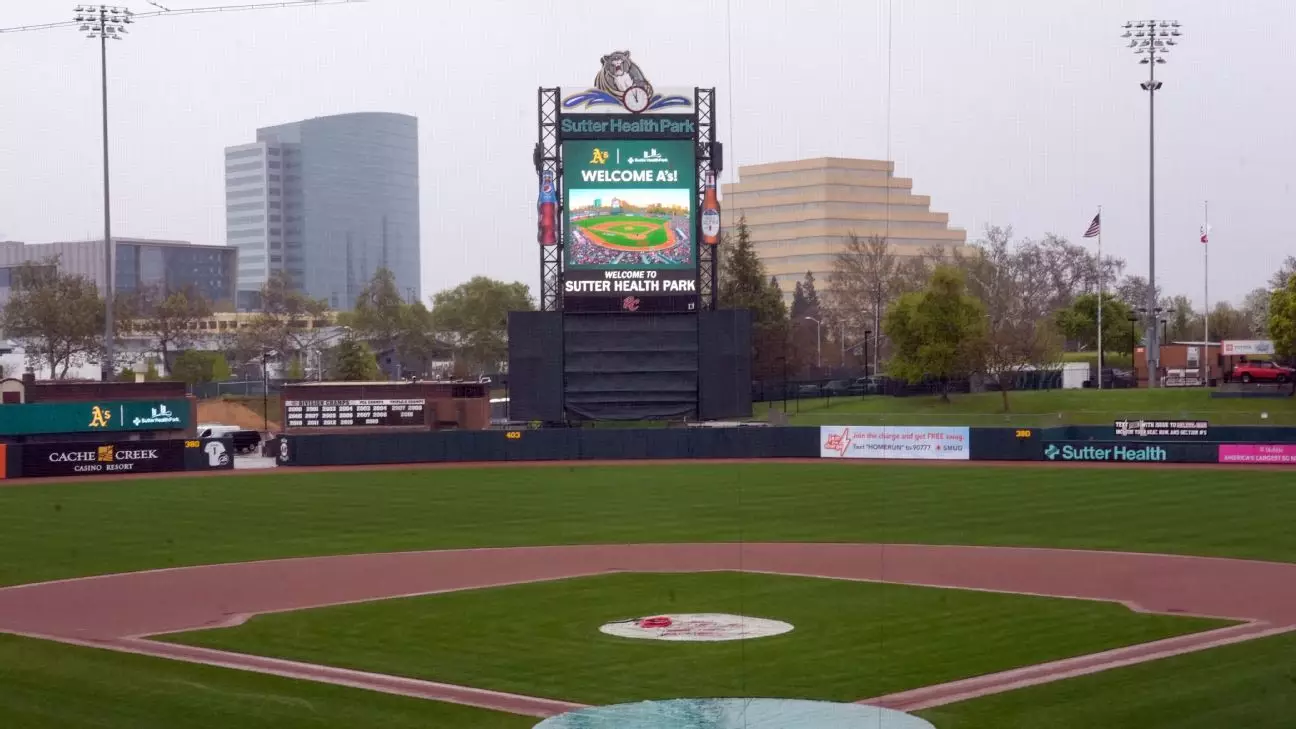As we enter an era where multi-use sports facilities are becoming commonplace, the complications associated with maintaining the quality of playing surfaces are coming to the forefront. A recent example is the collaboration between the San Francisco Giants and the Sacramento River Cats at Sutter Health Park, where a major league team now shares a field with its minor league affiliate. This arrangement raises several complex questions regarding field management, particularly when it comes to maintaining the integrity of natural grass as both teams play throughout the season.
Maintaining quality grass turf is not just a matter of aesthetics; it directly affects player performance and safety. As such, innovative solutions are being sought to navigate this uncharted territory. The stakes are high, as the Giants are not only defending their home turf but are also managing the unique challenges posed by the River Cats, who bring a different dynamic to the field.
The Science of Turf Management
Murray Cook, a recognized expert in the realm of sports turf, outlines the various innovative practices being implemented to ensure a high-quality playing surface. With the demands of two teams on the same field, Cook emphasizes the necessity for a robust contingency plan. Central to this strategy is an increase in the on-site grounds crew—now quadrupled in size—to facilitate ongoing turf maintenance.
One of the most prominent features of this maintenance plan is the utilization of drones and on-field sensors. These technologies provide real-time data regarding the health of the grass, allowing for precise interventions in areas that exhibit wear and tear. The progressive approach highlights the potential for technology to revolutionize traditional turf management practices.
Natural Grass vs. Artificial Turf
In a notable shift, the Sacramento Athletics have opted for natural grass instead of artificial turf for their upcoming games, defying earlier expectations. This decision underscores a broader trend in professional sports: players predominantly prefer natural grass surfaces for a multitude of reasons, including comfort, performance, and injury prevention. Cook notes that while both options have their merits, natural grass has become the favored choice.
The functionality of natural grass comes with its own set of challenges. High-traffic areas, such as near the pitcher’s mound and home plate, typically suffer from increased wear, necessitating additional maintenance. The foresight to have replacement grass readily available emphasizes the diligence involved in field management.
Innovative Cooling Systems and Water Management
An exciting development at Sutter Health Park is the advanced drainage and cooling system embedded beneath the playing surface. Cook highlights the dual functionality of this system: it can pump cool air into the soil to promote healthy root growth, while simultaneously managing water levels during adverse weather conditions. Such technological advancements represent the intersection of sports, science, and sustainability.
Moreover, the installation of a sophisticated watering system under the infield clay allows for better moisture management. This proactive strategy not only improves the quality of the turf but also helps to ensure that players can perform at their best, despite the fluctuating climate in California’s capital. The capability to redirect water under the field or drain excess water after heavy rains is a game-changer in preserving the field’s condition over time.
Concluding Thoughts on Turf Innovation
As the San Francisco Giants and Sacramento River Cats move forward with their shared field experience, the lessons learned about turf management are invaluable. The blending of traditional practices with modern technology provides a glimpse into the future of sports management. It promises not only to enhance gameplay but also to set a standard for how we approach field management in an era of increasing competition and collaboration among sports franchises.
The fate of the grass at Sutter Health Park may serve as a microcosm for how the world of professional sports can adapt to new challenges. In a landscape continually affected by climate change and logistical complexities, innovation becomes essential. The ability to pivot, innovate, and collaborate will determine the standard of excellence in sports and ultimately enrich the viewing experience for fans and players alike. This future, vibrant with potential, is firmly rooted in the grass beneath our feet.

